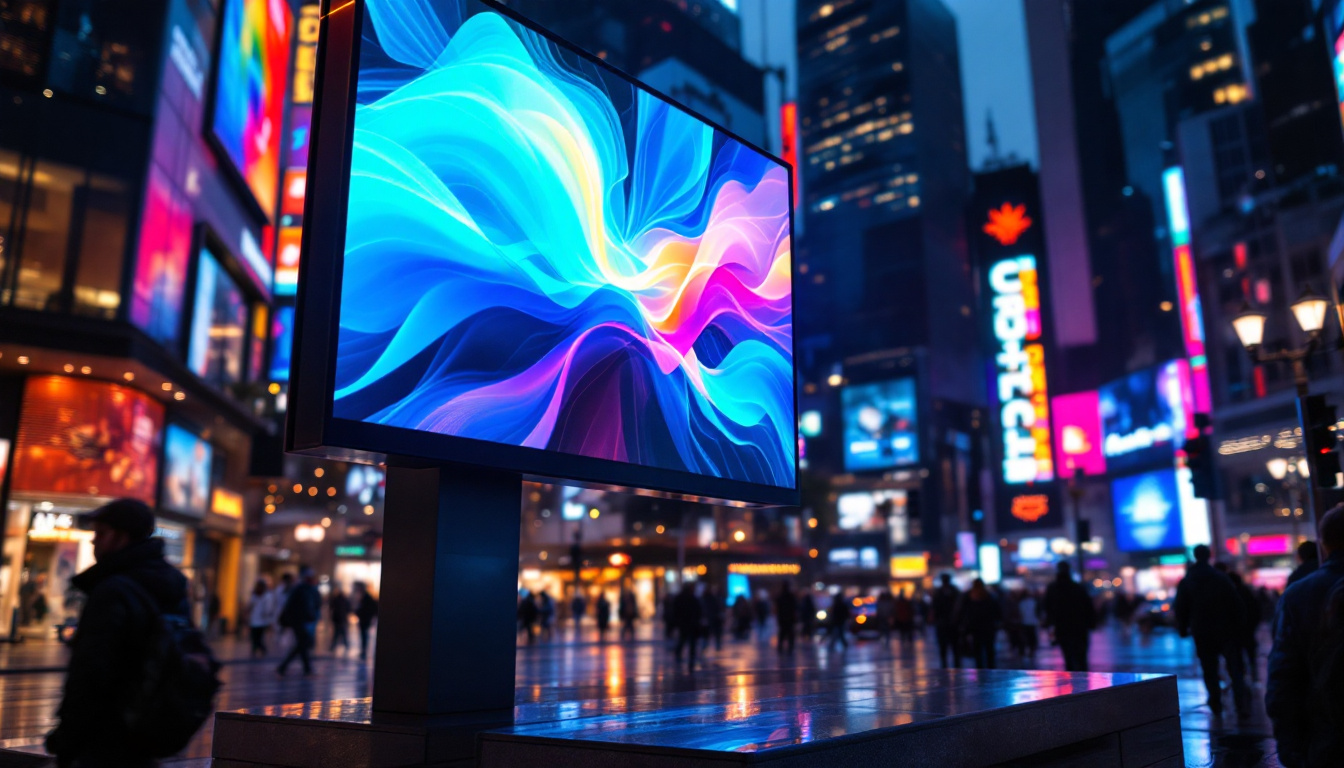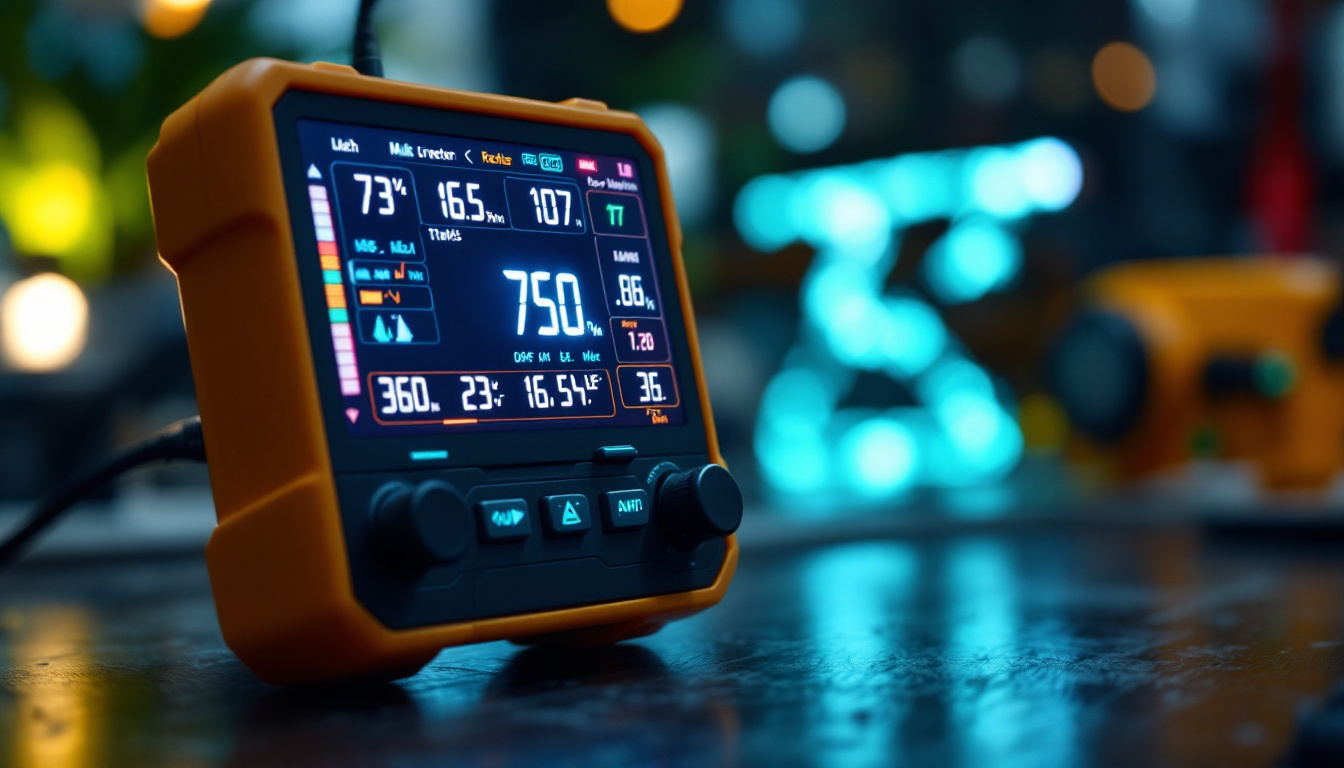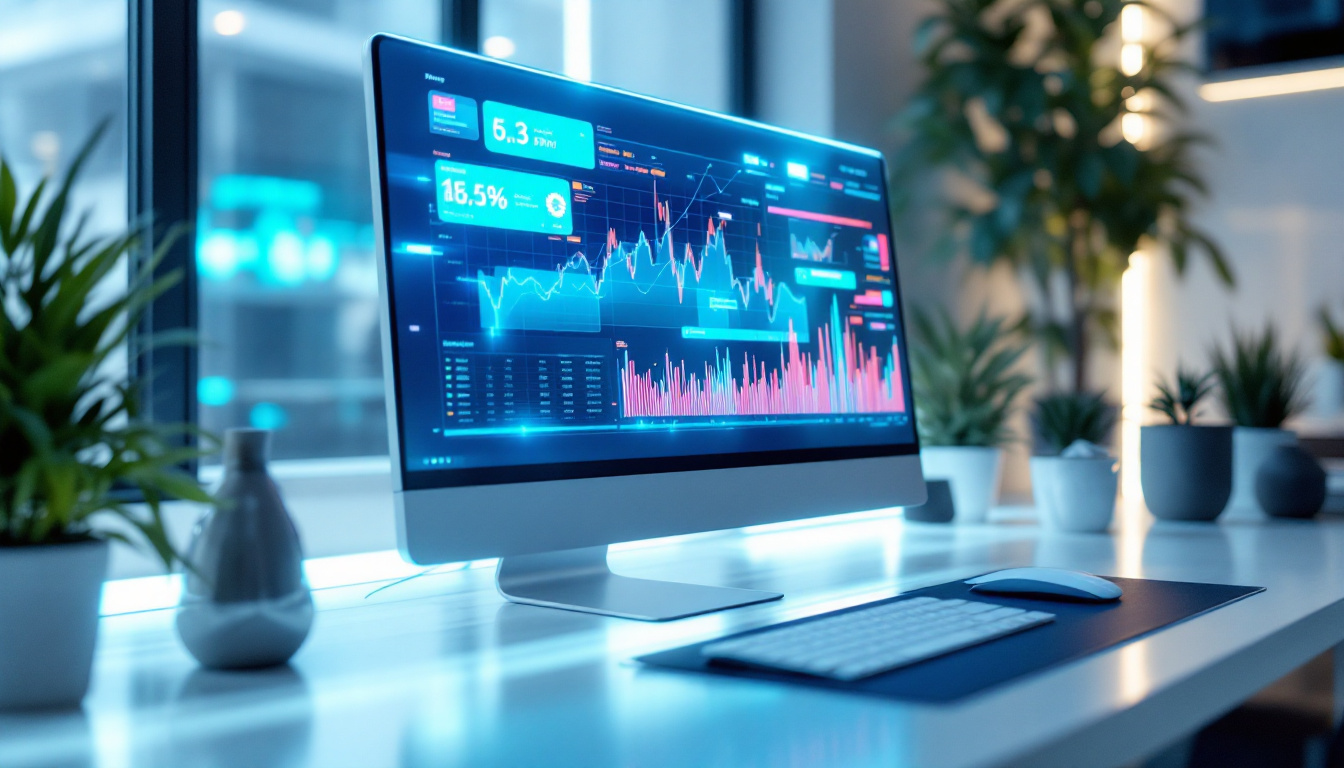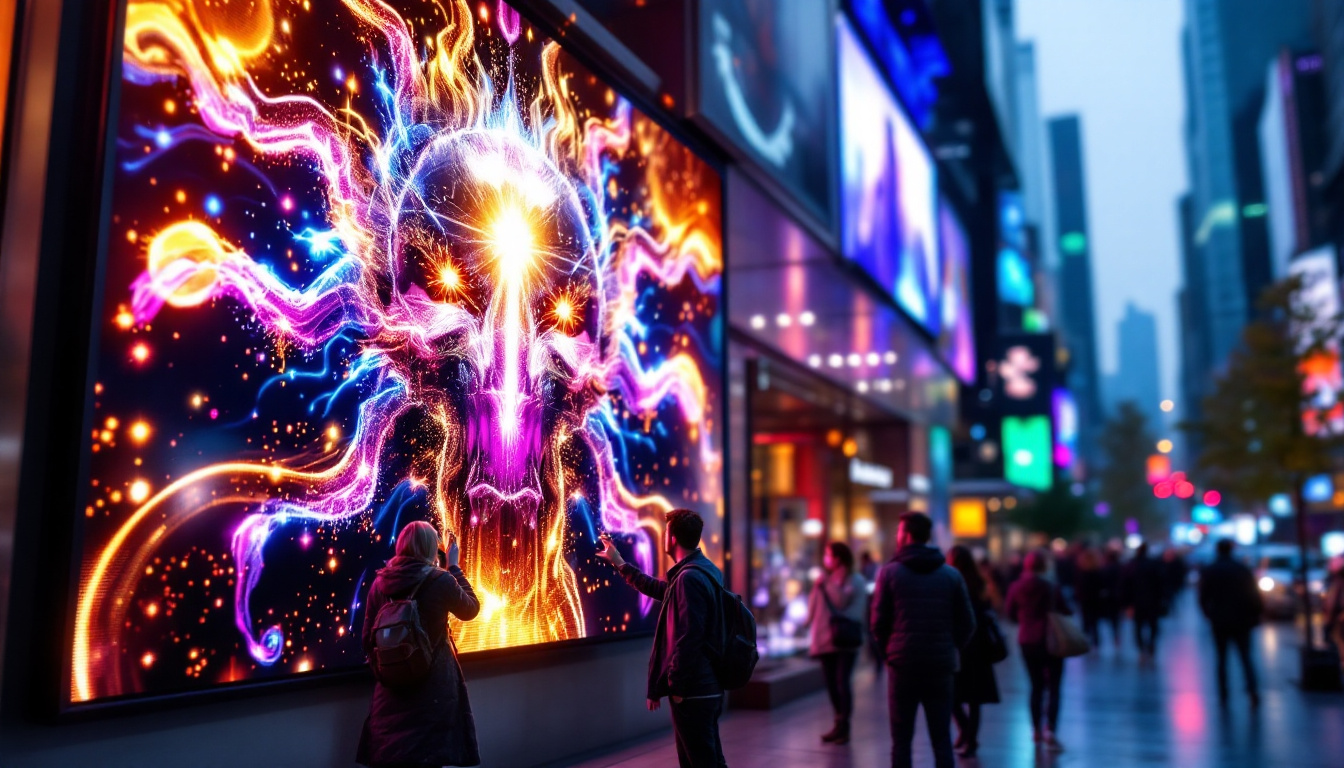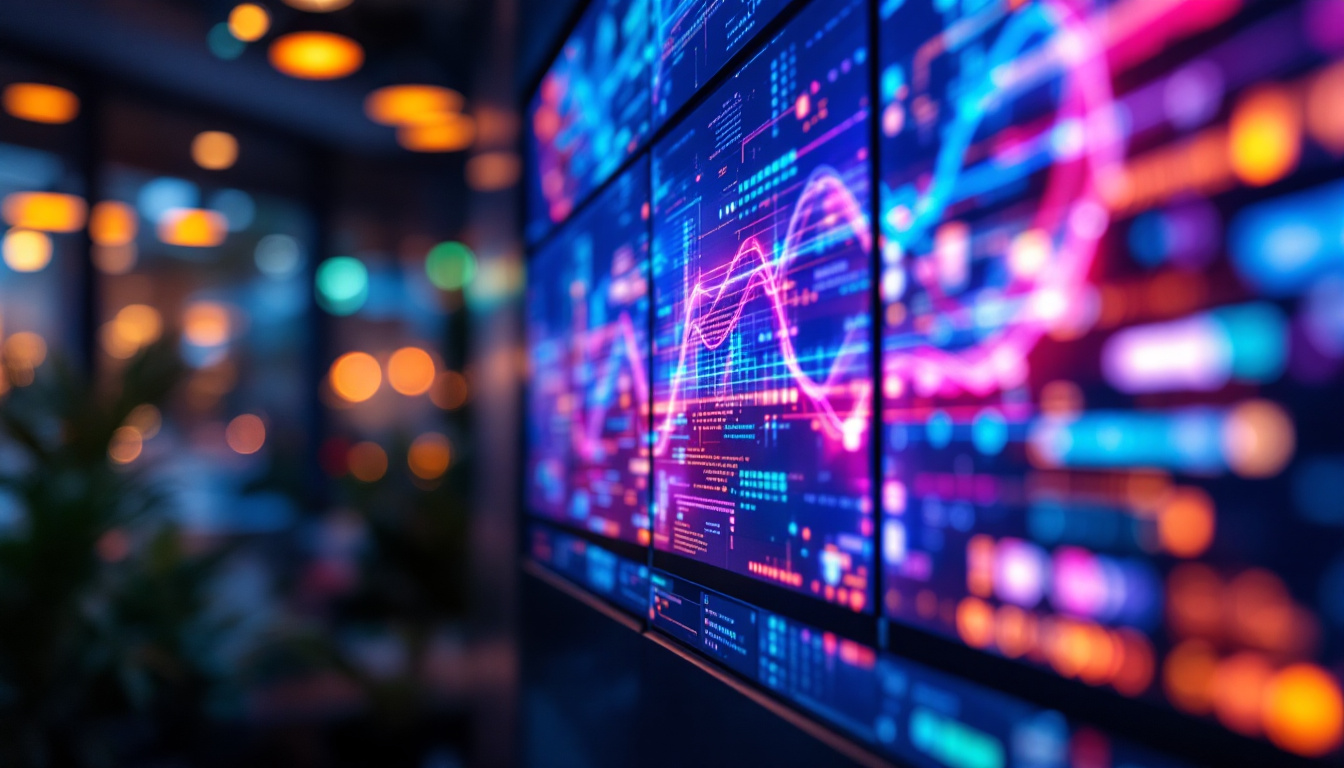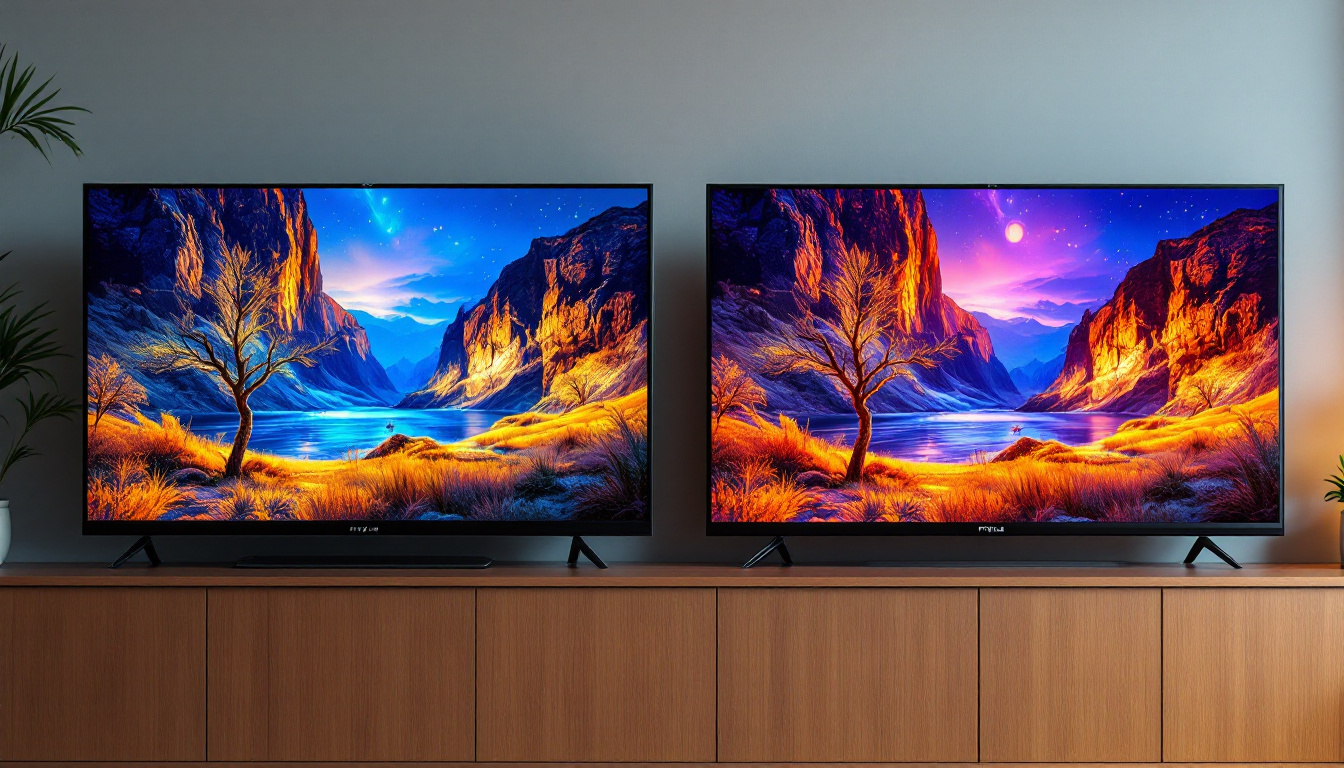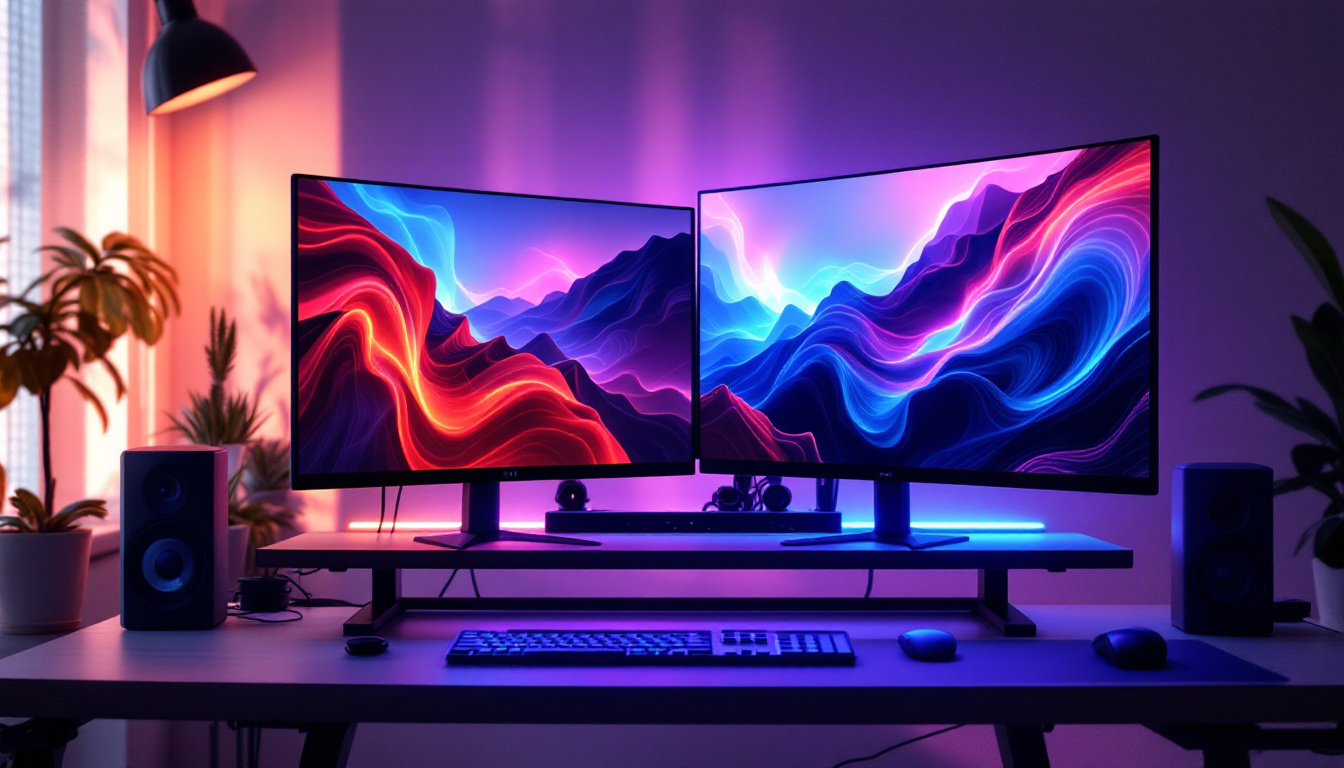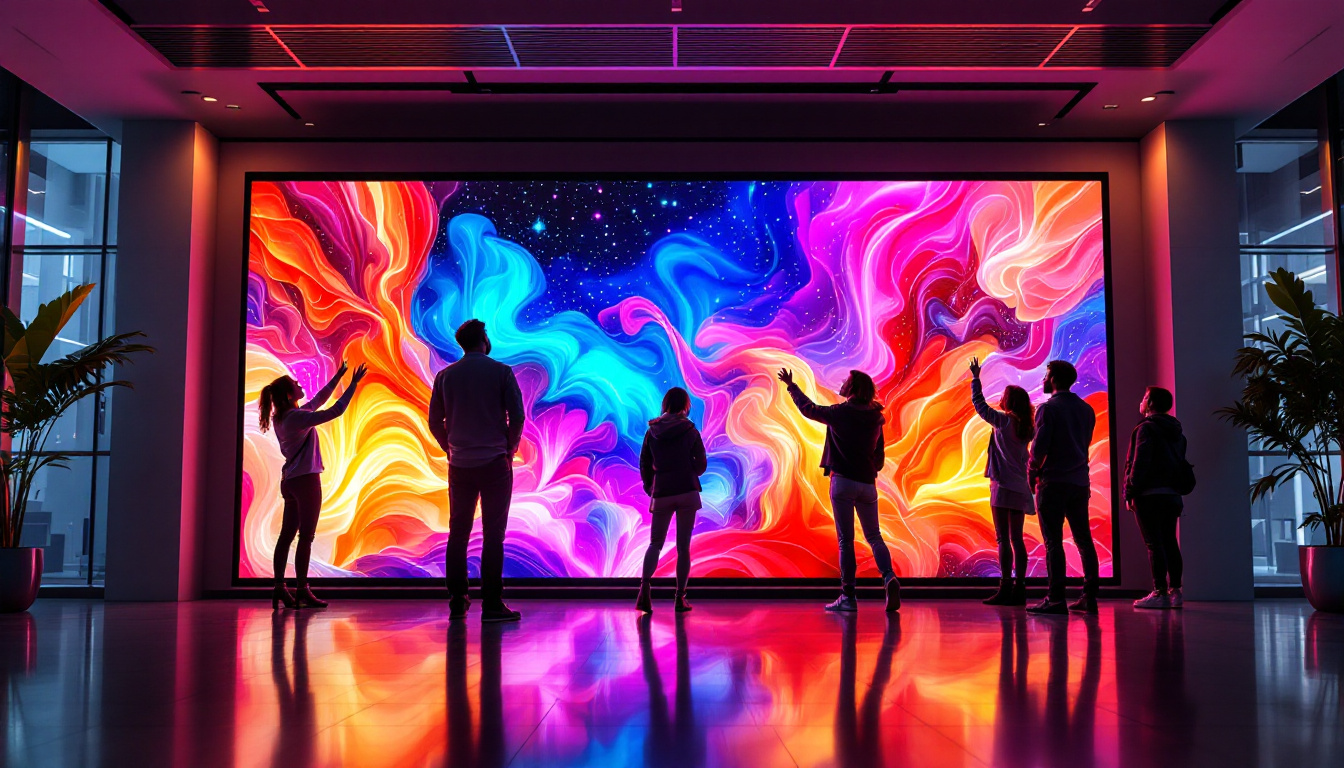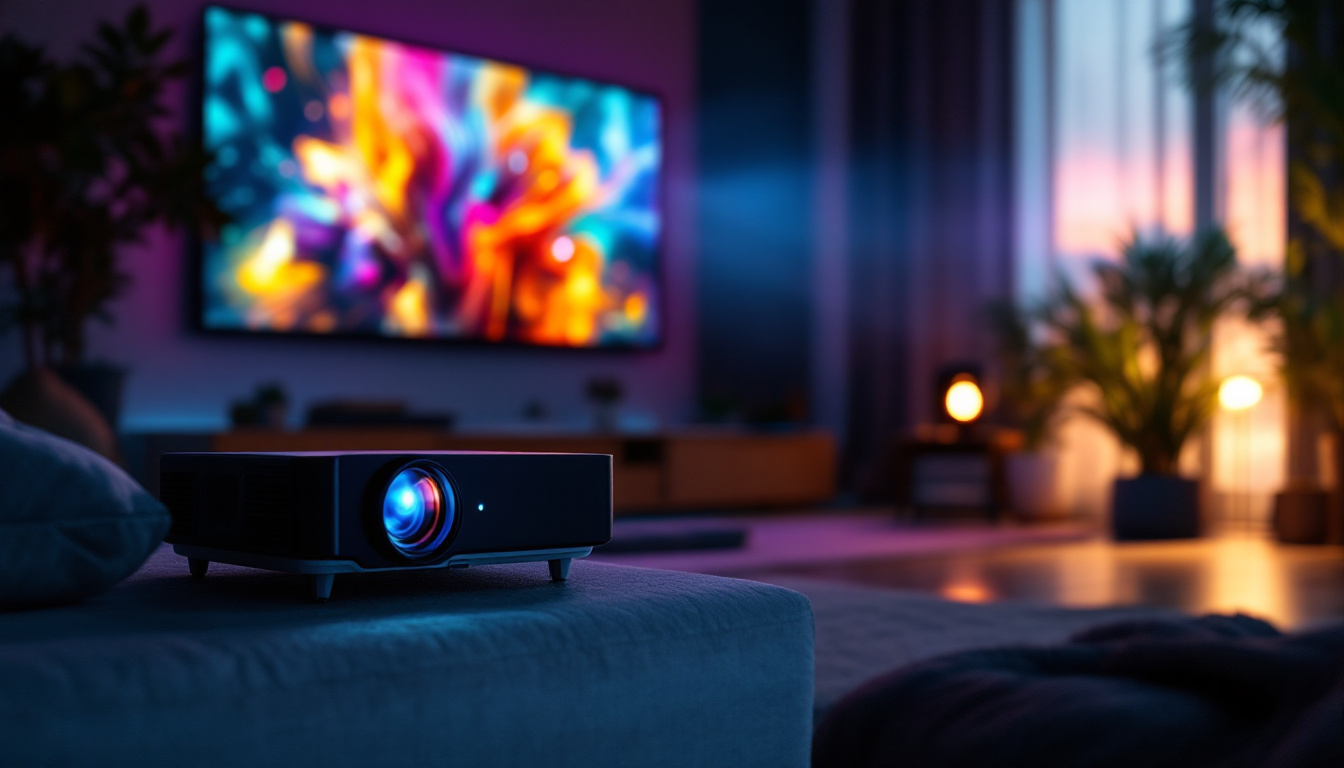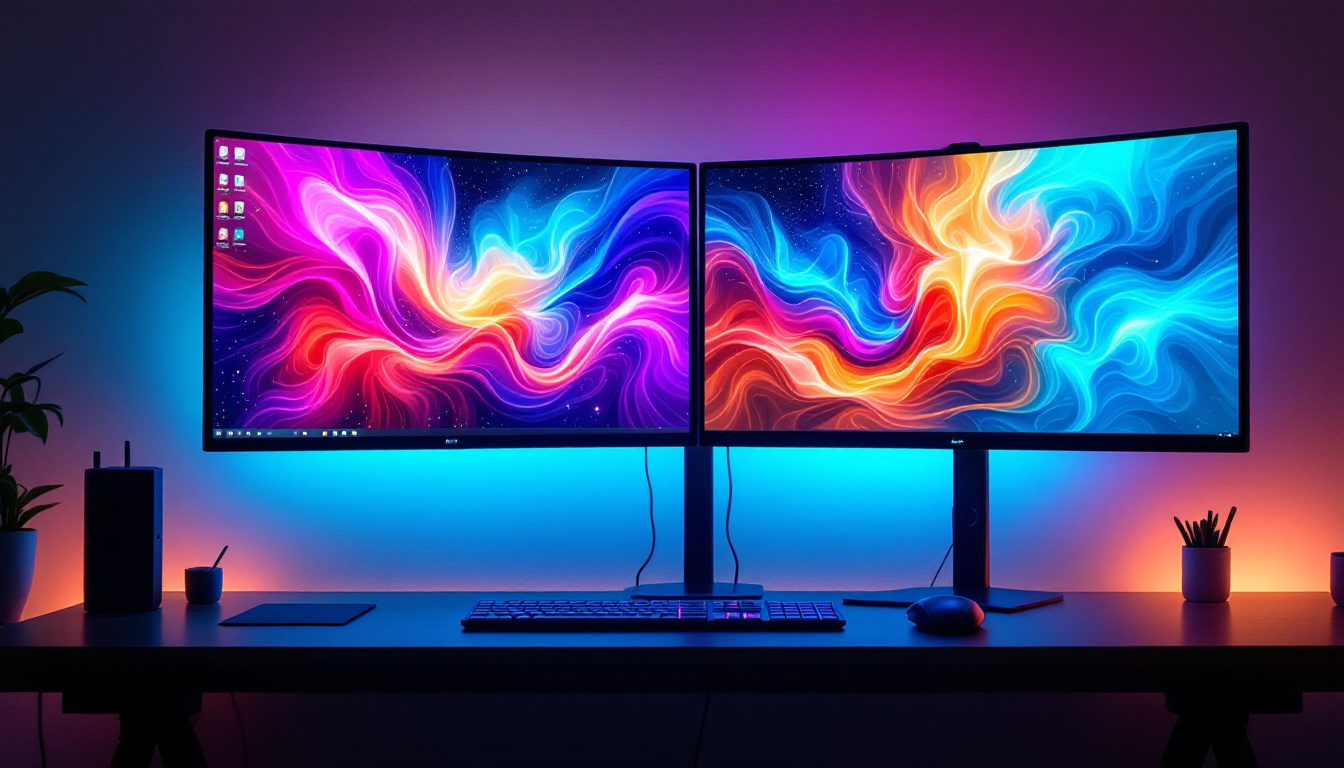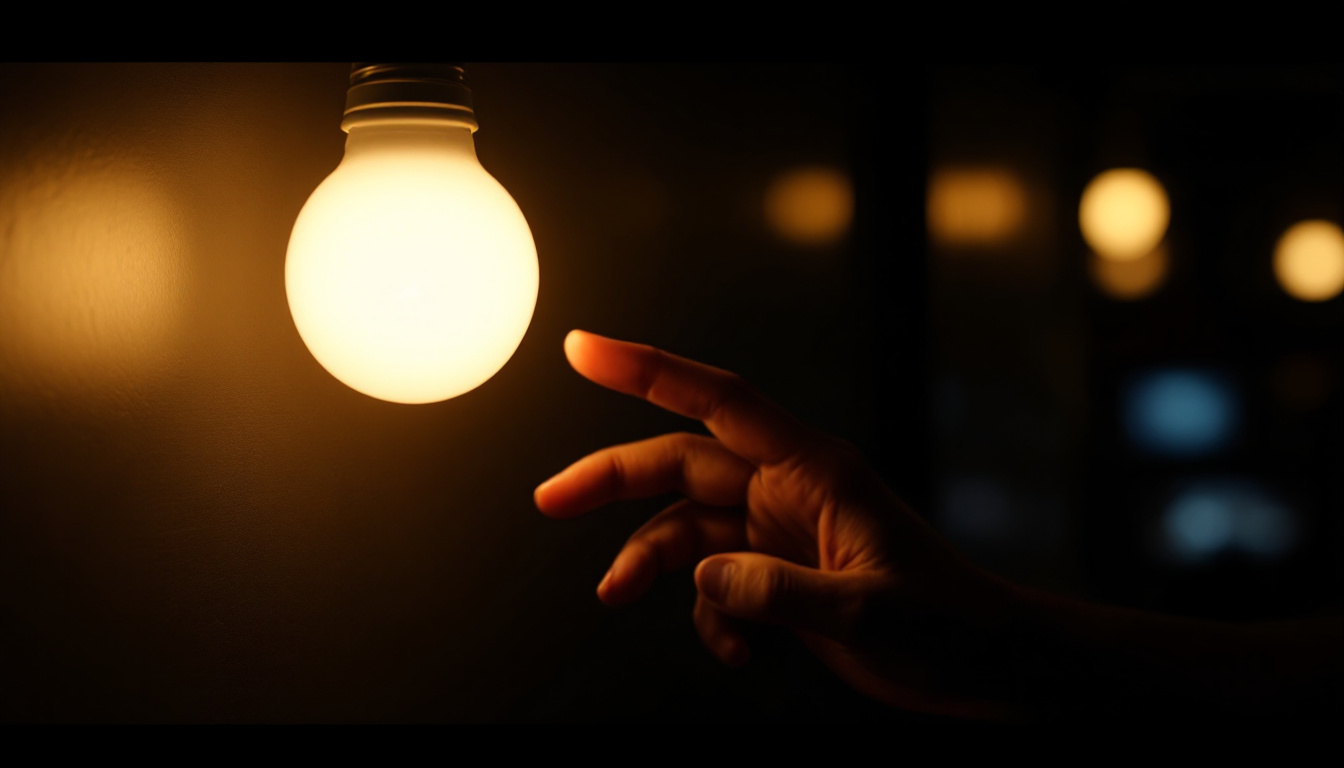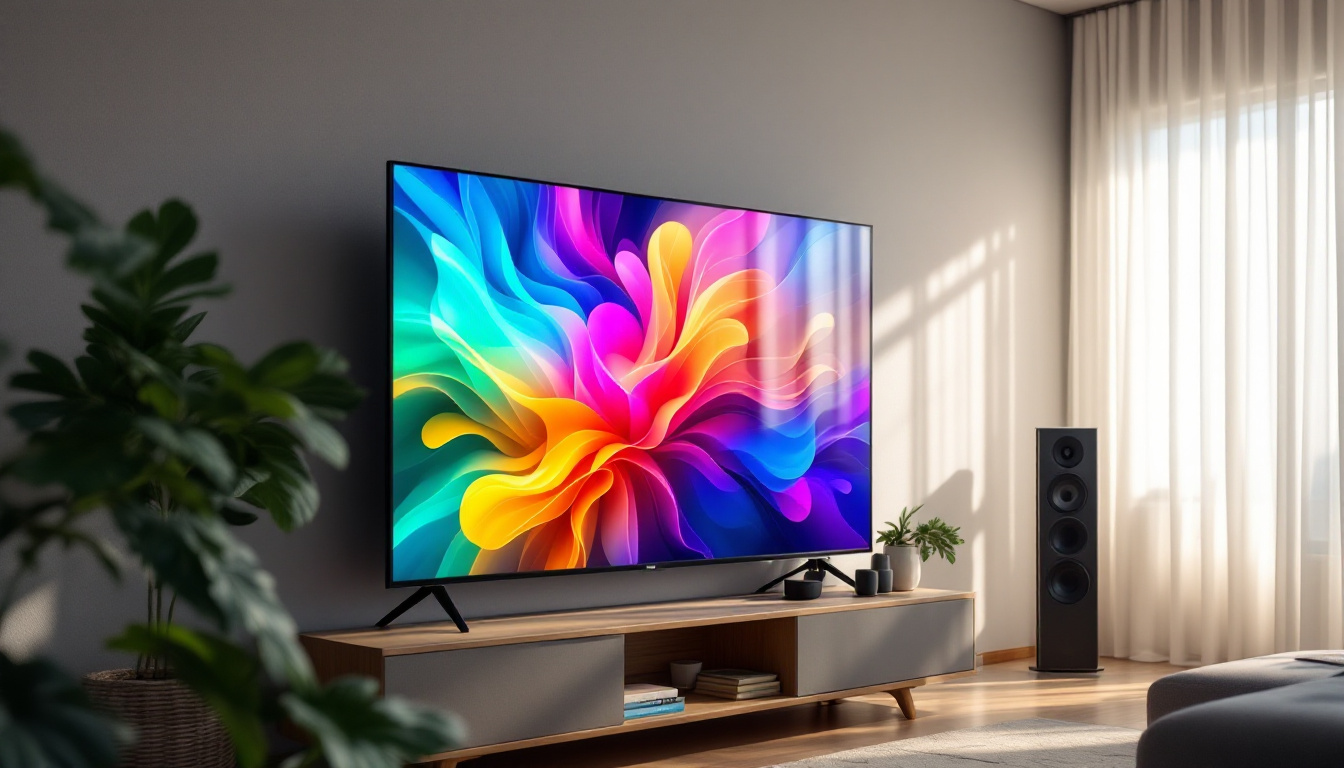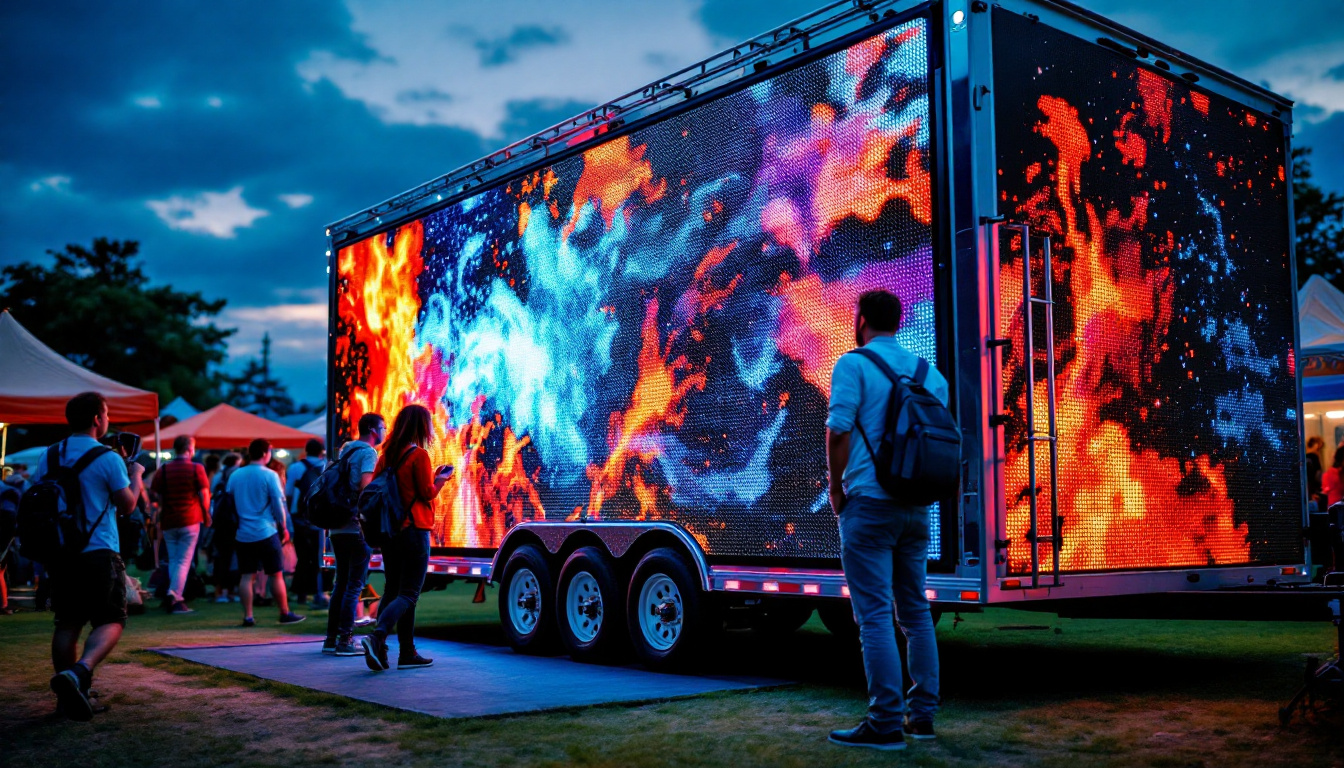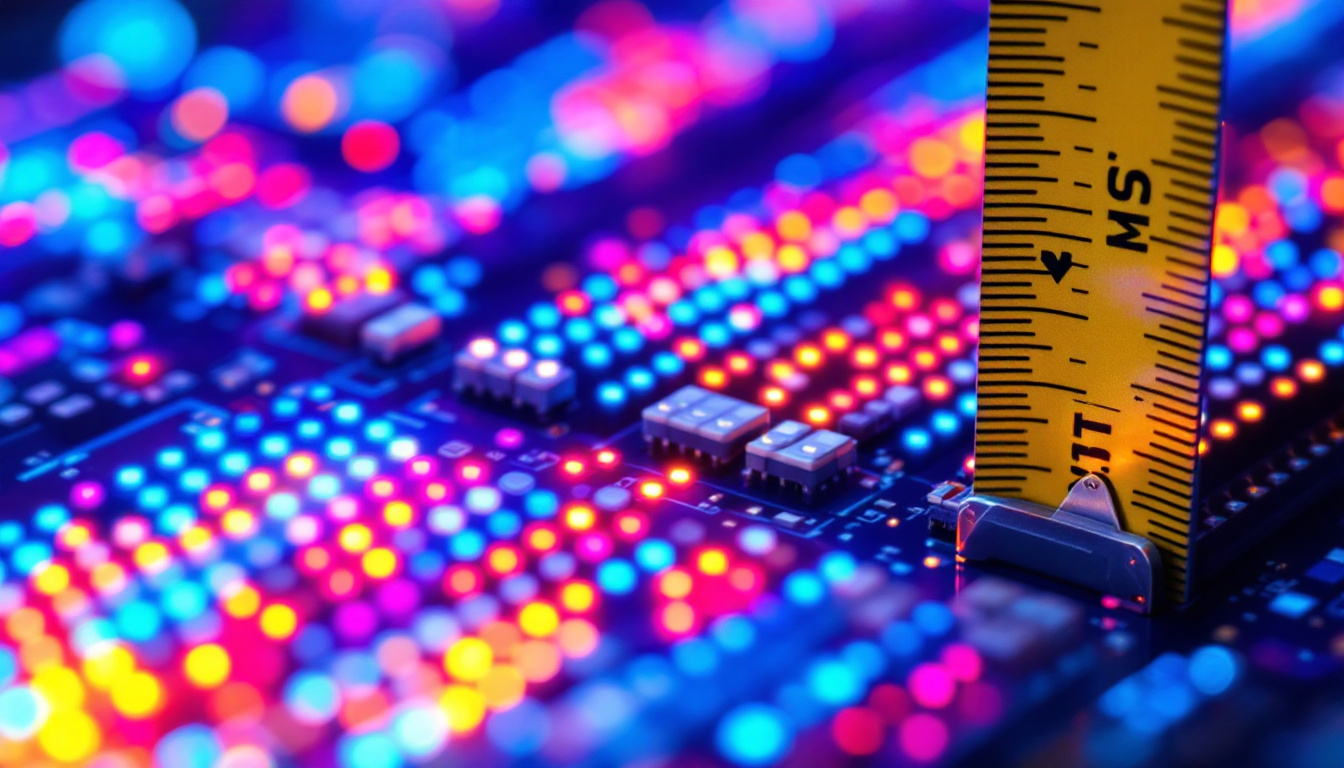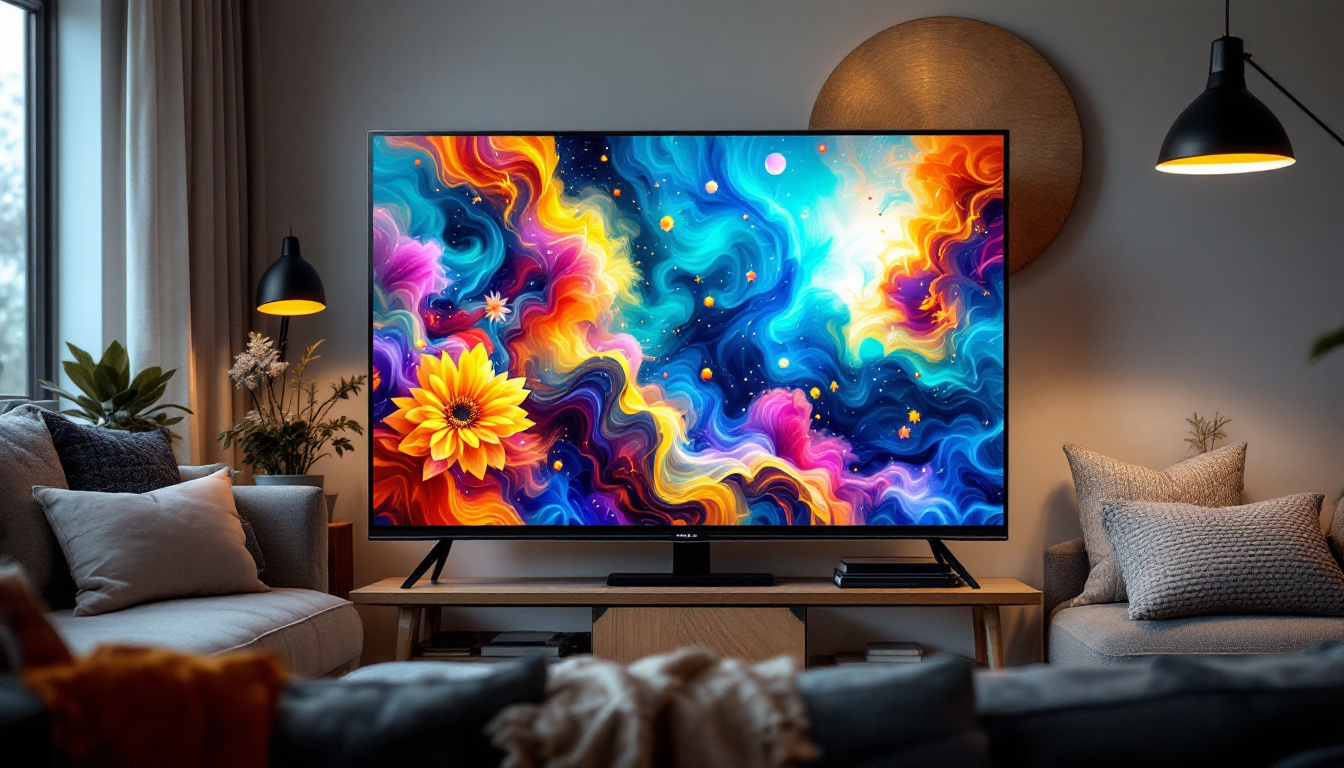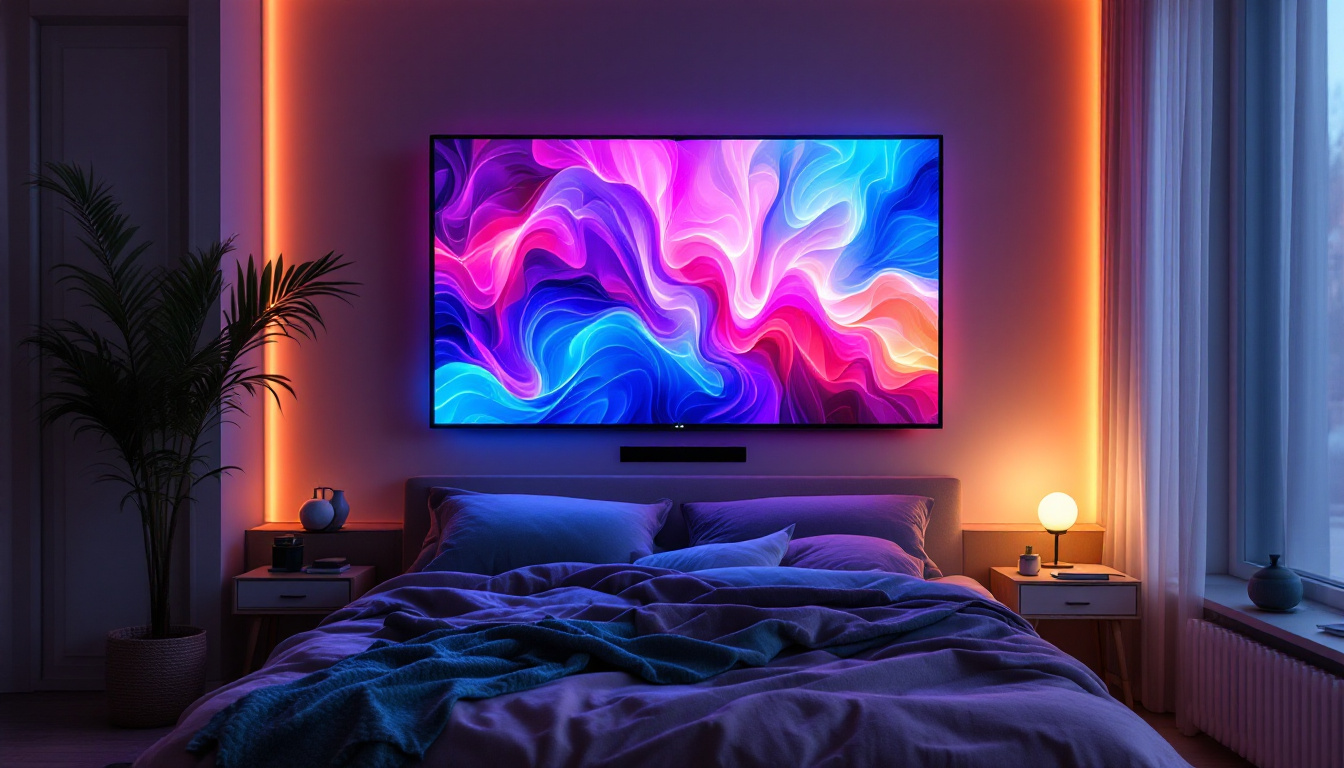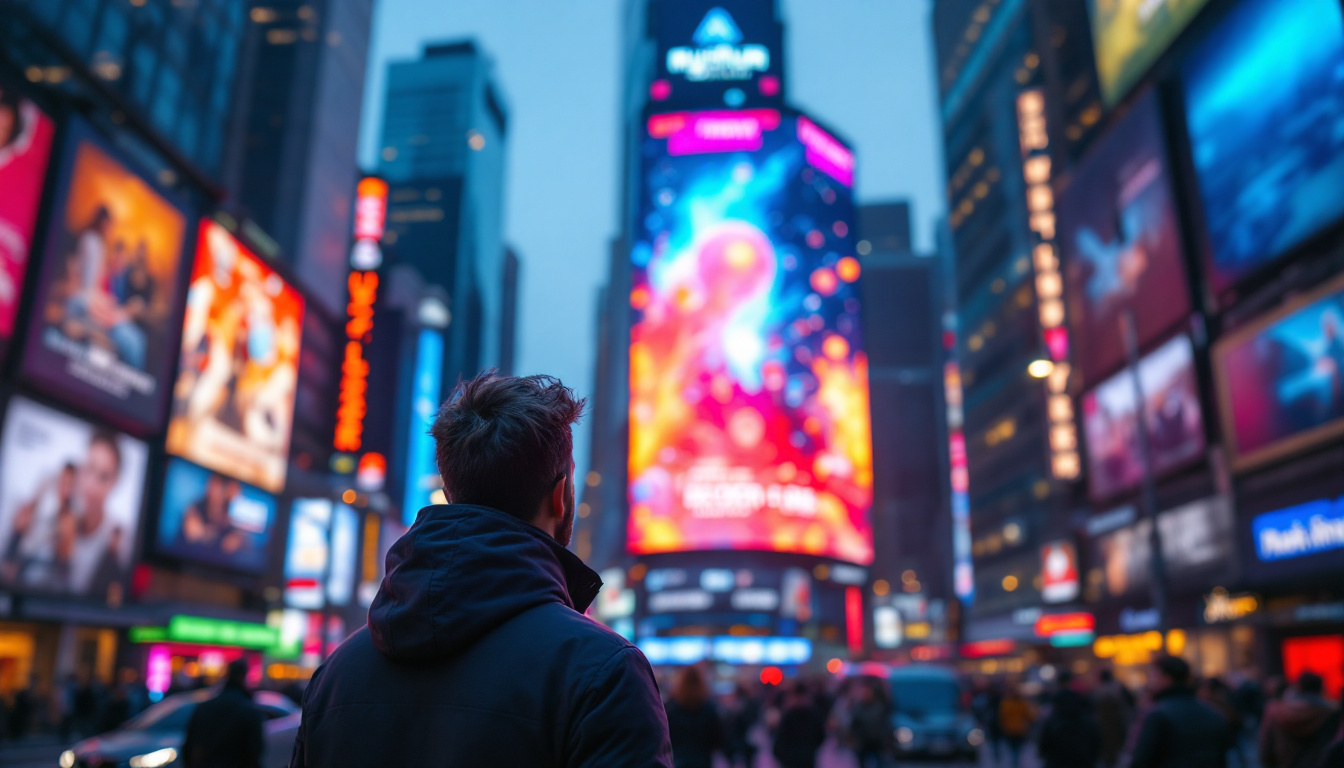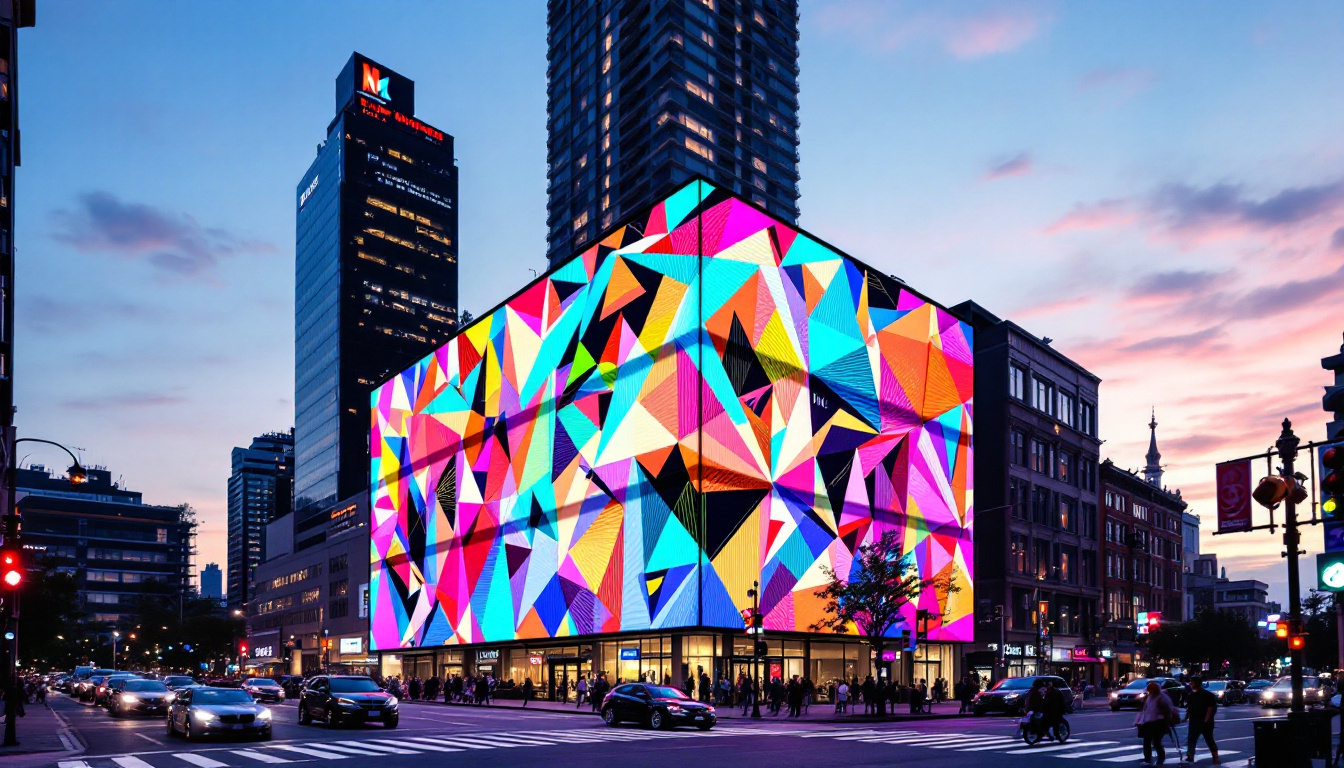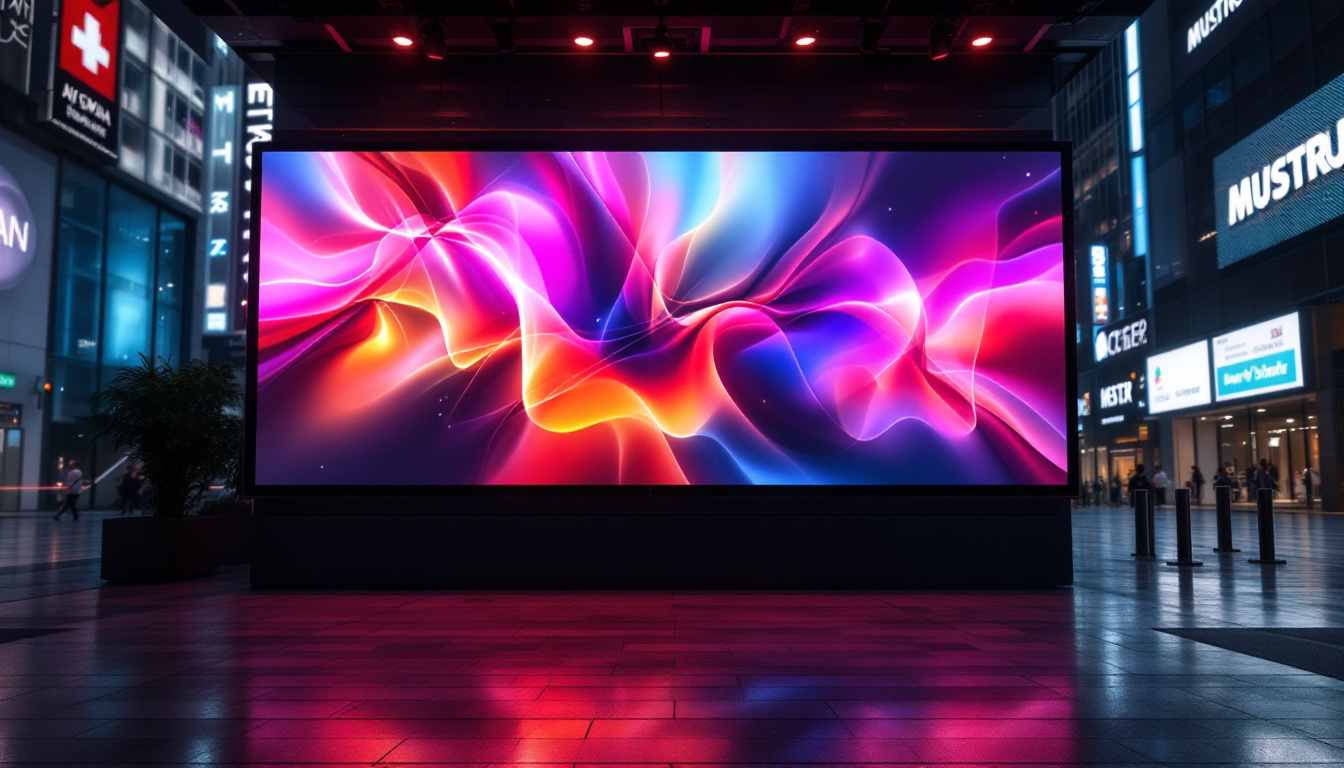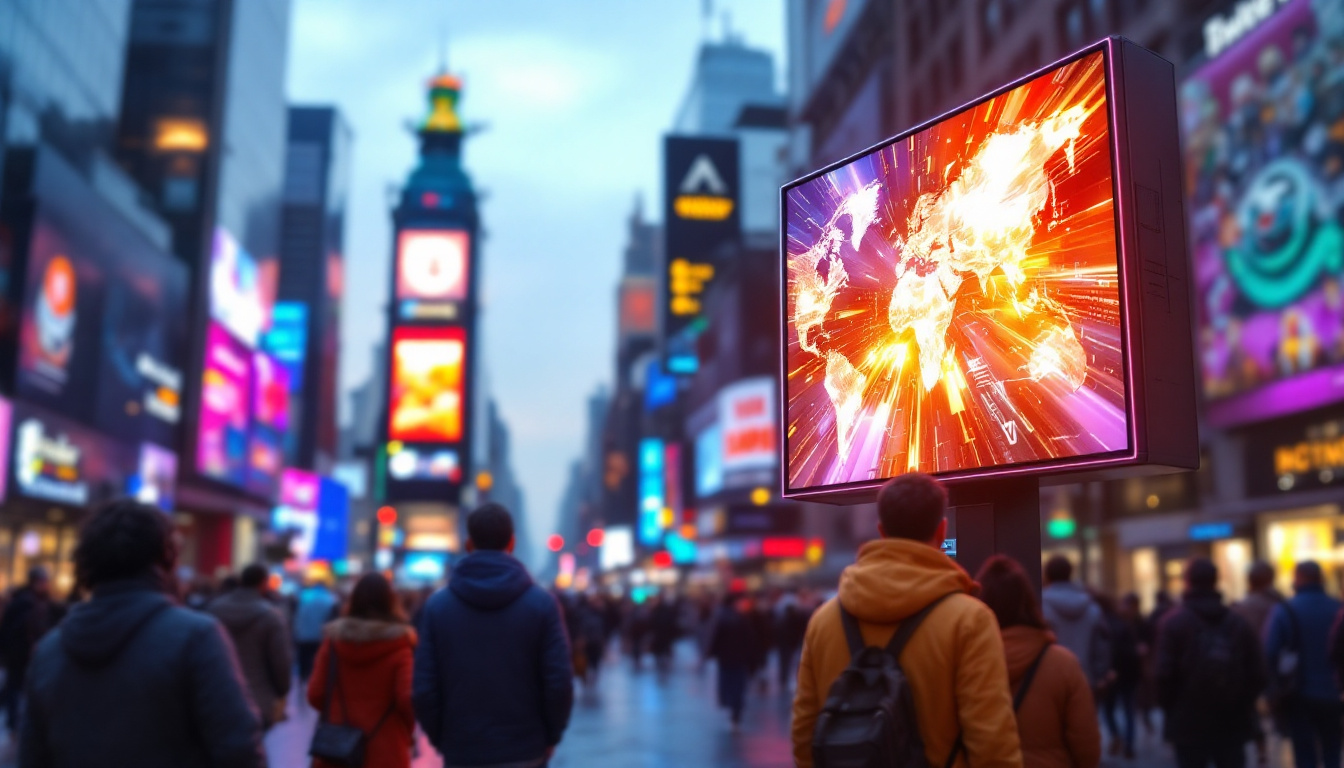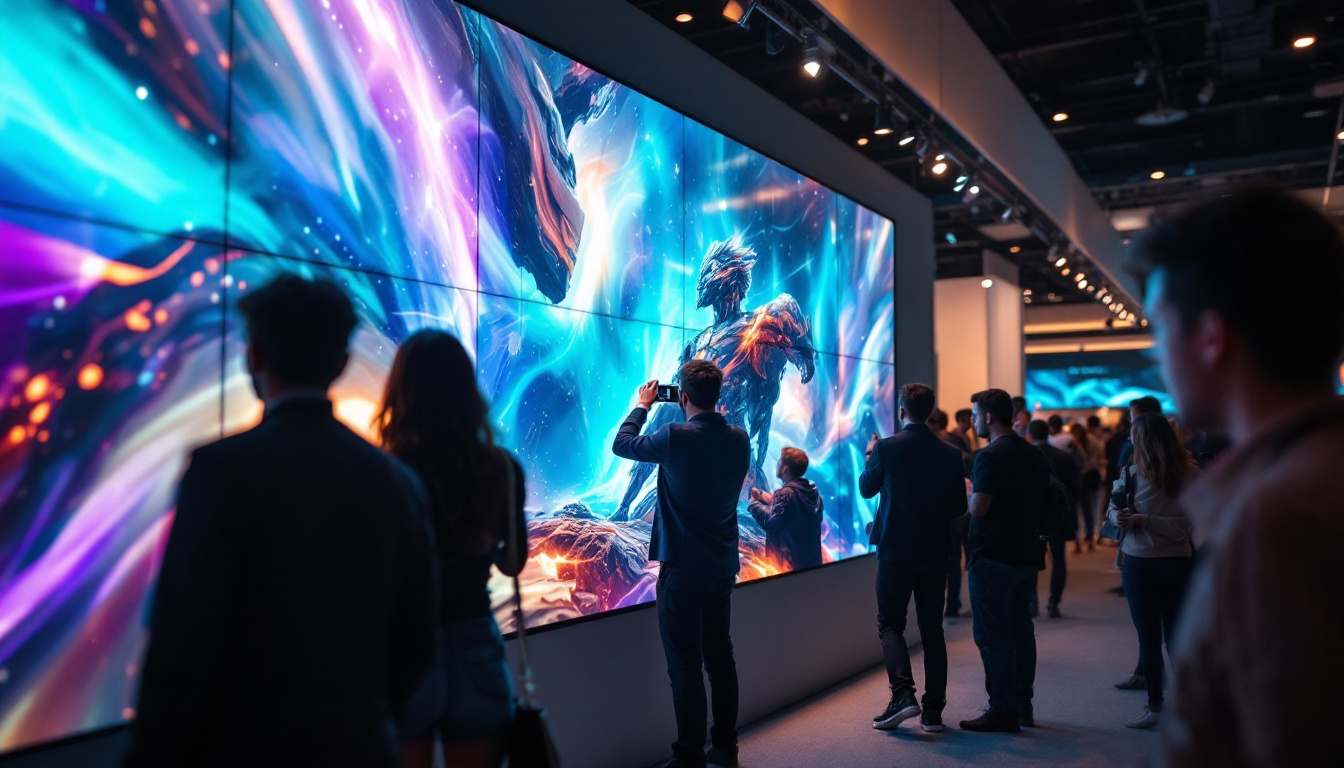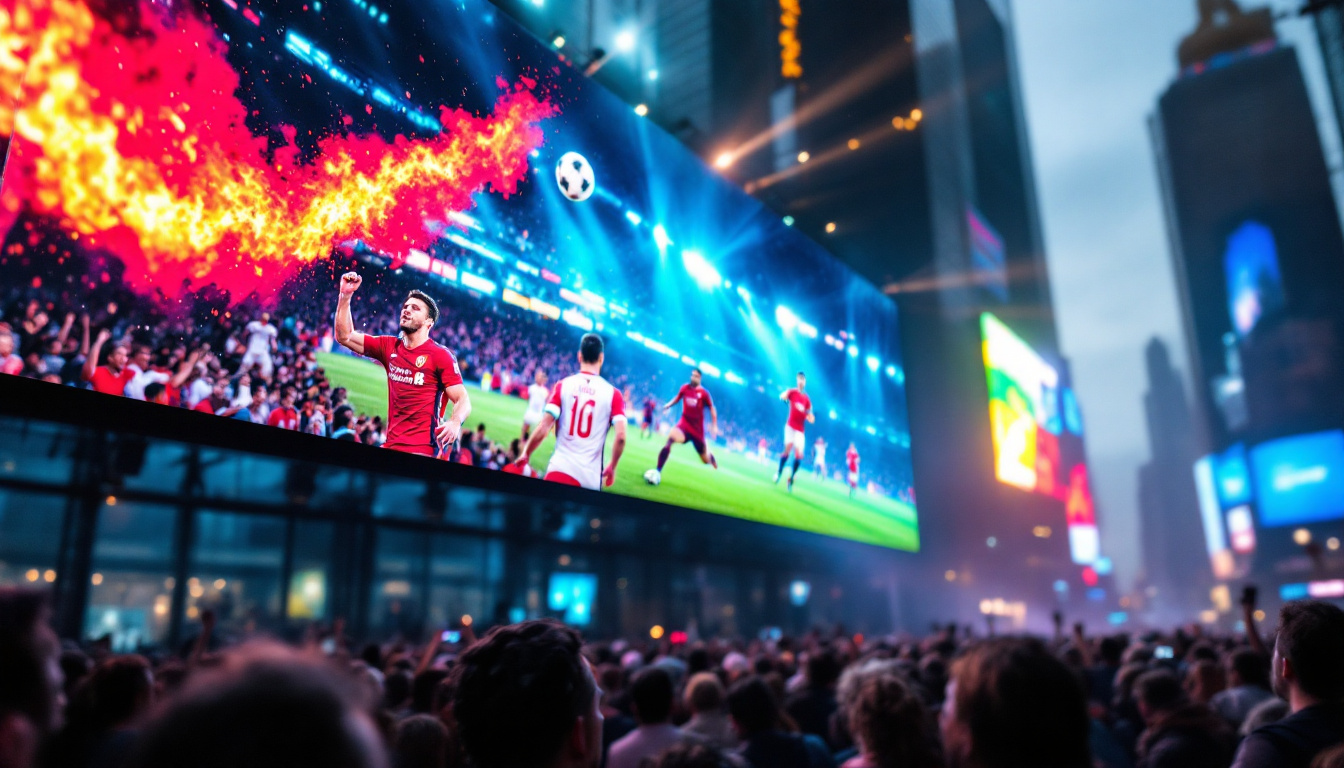In recent years, LED displays have become an integral part of our daily lives, from the smartphones we carry to the large billboards that light up city streets. Understanding how these displays work and their various applications can help consumers make informed decisions when it comes to purchasing or utilizing this technology. This article delves into the intricacies of LED displays, their advantages, and their diverse applications.
What is an LED Display?
LED stands for Light Emitting Diode, a technology that uses semiconductor materials to emit light when an electric current passes through them. An LED display consists of a matrix of these diodes, which can be arranged in various configurations to create images, videos, and text. The flexibility and efficiency of LED displays have made them a popular choice for a wide range of applications, from advertising and entertainment to information dissemination in public spaces.
One of the standout features of LED displays is their ability to provide high brightness levels, making them visible even in direct sunlight. This characteristic is particularly advantageous for outdoor advertising and large-scale events, where visibility is crucial. Additionally, LED displays are known for their energy efficiency, consuming significantly less power compared to traditional display technologies. This not only reduces operational costs but also contributes to environmental sustainability, a growing concern in today’s technology-driven world.
Basic Components of LED Displays
At the core of an LED display are the individual diodes. These diodes are grouped together in pixels, which are the smallest units of an image on the screen. Each pixel typically contains red, green, and blue (RGB) diodes, allowing for a full spectrum of colors to be produced through the combination of these primary colors. The precise arrangement and calibration of these diodes are critical for achieving high resolution and color accuracy, which are essential for applications ranging from digital signage to high-definition television.
In addition to the diodes, LED displays also consist of other essential components, including a driver circuit that controls the brightness and color of each pixel, a power supply to provide the necessary voltage, and a control system that processes the input signals from video sources. Together, these components work seamlessly to create vibrant and dynamic visual content. The control system often includes software that allows for real-time updates and content management, enabling users to display advertisements, announcements, or artistic visuals with ease. This level of control and flexibility is what sets LED displays apart from other display technologies.
Types of LED Displays
LED displays can be categorized into several types based on their construction and application. The most common types include:
- Direct View LED Displays: These displays utilize individual LEDs to form images directly. They are often used in large outdoor screens and digital billboards, where their brightness and durability are key advantages. Direct view displays can be modular, allowing for various sizes and shapes, making them versatile for different environments.
- LED Backlit LCD Displays: In these displays, LEDs are used as a backlight for an LCD panel. This combination enhances brightness and color accuracy, providing a better viewing experience for users. These displays are widely used in televisions and computer monitors, where color fidelity and energy efficiency are important.
- Organic LED (OLED) Displays: OLED technology uses organic compounds to emit light, allowing for thinner and more flexible displays. They are commonly found in high-end televisions and smartphones, offering superior contrast ratios and viewing angles. The self-emissive nature of OLEDs means that they can achieve true blacks, enhancing the overall image quality significantly.
Another emerging type is MicroLED displays, which are made up of microscopic LEDs that can produce their own light. This technology promises even greater efficiency and color accuracy while allowing for ultra-thin designs. As the demand for high-quality displays continues to grow, innovations in LED technology are likely to lead to new applications and improvements in existing products, further solidifying LED displays’ position in the market.
Advantages of LED Displays
LED displays offer a multitude of advantages that contribute to their widespread adoption across various industries. Some of the most notable benefits include:
Energy Efficiency
One of the primary advantages of LED technology is its energy efficiency. LED displays consume significantly less power than traditional display technologies, such as incandescent or fluorescent lights. This not only reduces electricity costs but also minimizes the environmental impact, making LED displays a more sustainable choice.
Brightness and Visibility
LED displays are known for their exceptional brightness, which makes them highly visible in both indoor and outdoor environments. This characteristic is particularly beneficial for advertising and public information displays, where visibility is crucial. The high contrast ratio of LED displays also enhances image quality, ensuring that content remains clear and vibrant even in direct sunlight.
Longevity and Durability
LED displays have a long lifespan, often exceeding 50,000 hours of use. This longevity translates to lower maintenance costs and reduced frequency of replacements. Additionally, LED technology is more robust than traditional display technologies, making it less susceptible to damage from shock, vibration, and temperature fluctuations.
Applications of LED Displays
The versatility of LED displays allows them to be utilized in a wide variety of applications across different sectors. Some of the most common uses include:
Advertising and Marketing
LED displays have revolutionized the advertising landscape by providing dynamic and eye-catching content. Digital billboards, storefront displays, and event signage can easily be updated with new messages, promotions, or videos, allowing businesses to engage customers effectively. The ability to target specific audiences based on time and location further enhances the effectiveness of LED advertising.
Entertainment and Events
In the entertainment industry, LED displays are widely used for concerts, festivals, and sports events. Large-scale video walls provide immersive experiences for audiences, while portable LED screens enable dynamic staging and presentations. The flexibility of LED technology allows for creative designs and configurations, enhancing the overall visual impact of events.
Transportation and Public Information
LED displays play a crucial role in transportation systems, providing real-time information to commuters. From bus and train station displays to airport flight information boards, LED technology ensures that passengers receive timely updates. Additionally, traffic management systems utilize LED displays for variable message signs, helping to improve road safety and traffic flow.
Technical Aspects of LED Displays
Understanding the technical specifications of LED displays is essential for those looking to invest in or utilize this technology. Key factors to consider include pixel pitch, resolution, and refresh rate.
Pixel Pitch
Pixel pitch refers to the distance between the centers of adjacent pixels, typically measured in millimeters. A smaller pixel pitch indicates a higher pixel density, resulting in better image quality and resolution. For indoor displays, a pixel pitch of 1.2 to 3.9 mm is common, while outdoor displays may have a pixel pitch of 4 to 16 mm, depending on viewing distance.
Resolution
The resolution of an LED display is determined by the number of pixels it contains, usually expressed as width x height (e.g., 1920 x 1080). Higher resolution displays provide sharper images and more detail, making them ideal for applications where clarity is essential, such as video walls and digital signage.
Refresh Rate
The refresh rate of an LED display refers to how many times the image is refreshed per second, measured in hertz (Hz). A higher refresh rate results in smoother motion and reduces flicker, which is particularly important for video content. For most applications, a refresh rate of 60 Hz is sufficient, but higher rates may be necessary for fast-paced video or gaming.
Challenges and Considerations
While LED displays offer numerous benefits, there are also challenges and considerations that potential users should be aware of.
Cost
The initial investment for LED display technology can be higher than traditional display options. However, it is essential to consider the long-term savings in energy costs and maintenance. Many businesses find that the return on investment justifies the upfront costs, especially in high-traffic areas where visibility and engagement are critical.
Heat Management
LED displays generate heat during operation, which can affect performance and longevity if not managed properly. Adequate cooling systems and ventilation are necessary to ensure that the display operates within safe temperature limits. This is particularly important for outdoor displays exposed to direct sunlight.
Content Management
Creating and managing content for LED displays can be a complex task. Businesses must invest in content management systems and software to ensure that their displays are updated regularly and effectively. Additionally, understanding the target audience and crafting engaging content is crucial for maximizing the impact of LED displays.
The Future of LED Displays
The future of LED display technology looks promising, with ongoing advancements and innovations on the horizon. Emerging trends include:
Flexible and Transparent Displays
As technology continues to evolve, flexible and transparent LED displays are becoming more prevalent. These displays can be integrated into various surfaces, such as windows and walls, creating new opportunities for advertising and design. The ability to create curved or irregular shapes opens up exciting possibilities for creative applications.
Smart Displays
With the rise of the Internet of Things (IoT), smart LED displays are gaining traction. These displays can connect to the internet and interact with other devices, allowing for real-time data integration and personalized content delivery. This capability enhances the user experience and enables businesses to tailor their messaging based on audience behavior and preferences.
Improved Energy Efficiency
As environmental concerns continue to grow, manufacturers are focusing on improving the energy efficiency of LED displays. Innovations in materials and design are leading to displays that consume even less power while maintaining high performance. This trend aligns with the global push for sustainability and eco-friendly technologies.
Conclusion
LED displays have transformed the way visual information is presented and consumed across various sectors. Their energy efficiency, brightness, and versatility make them an attractive option for businesses and organizations looking to enhance their communication strategies. While challenges exist, the ongoing advancements in LED technology promise a bright future for this dynamic field. Understanding the fundamentals of LED displays empowers consumers and businesses to make informed decisions, ensuring they harness the full potential of this innovative technology.
Discover Cutting-Edge LED Displays with LumenMatrix
Ready to elevate your visual communication strategy with the latest in LED display technology? Look no further than LumenMatrix, a pioneer in crafting state-of-the-art LED display modules that bring your brand to life. From the vibrant Indoor LED Wall Display to the dynamic Outdoor LED Wall Display, and from the mobile versatility of Vehicle LED Displays to the innovative LED Transparent Display, LumenMatrix offers a comprehensive range of solutions tailored to your needs. Experience the power of enhanced engagement and clear messaging with LumenMatrix’s LED display solutions. Check out LumenMatrix LED Display Solutions today and transform the way you connect with your audience.

